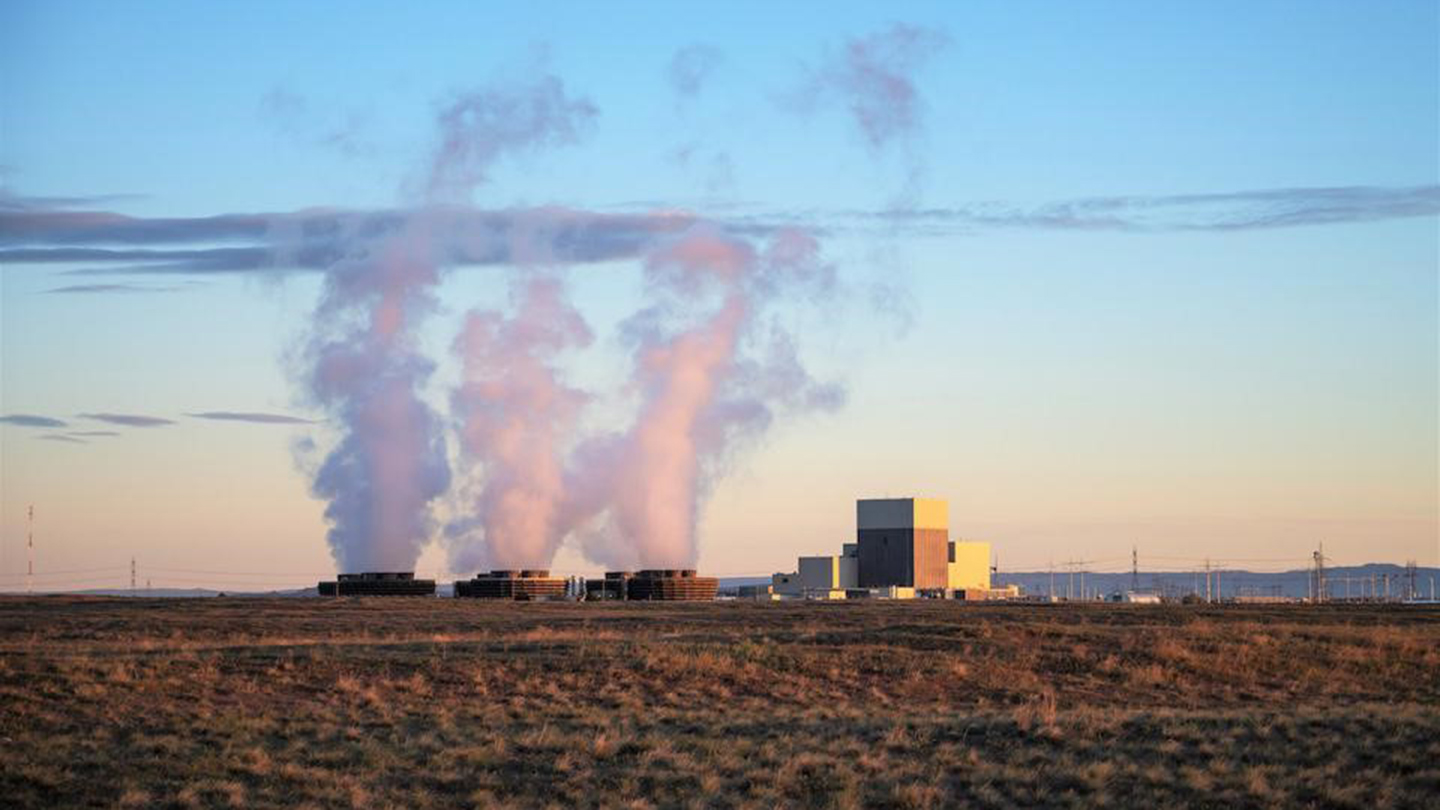The Bonneville Power Administration’s Columbia Generating Station is shutting down this spring, as it does every two years, to replace about a third of the fuel from the nuclear plant’s core.
BPA’s fuel mix is nearly carbon free. While hydropower is the best-known mainstay of that mix, BPA’s annual power supply also includes 994 average megawatts of carbon-free energy produced at the Columbia nuclear reactor near Richland, Washington. That’s roughly 13% of the agency’s overall fuel mix.
Ensuring reliability for BPA means carefully coordinating all power plant operations across the federal system with the system operators: the U.S. Army Corps of Engineers, Bureau of Reclamation and Energy Northwest. If one plant has an outage, planned or unplanned, other power plants have to fill in the gap.
Reducing the potential for outages to layer on top of each other is not easy, but the plant partners have been working together since the nuclear facility came online in 1984. Columbia outages now occur routinely every two years.
Columbia leverages the refueling outage to accomplish maintenance that can only be completed when the plant is not in operation. The work conducted during the refueling outage ensures high levels of equipment reliability is maintained. The nuclear plant is ramped down gradually until it is offline for 40 days, usually starting in May. Columbia reconnects to the Northwest power grid in mid-June.
In a typical refueling year, more than 1,200 skilled, temporary workers are needed for the outage. The crews will replace 248 of the 764 nuclear fuel assemblies in the reactor core. The fuel in the reactor core that is older than six years is removed and placed in a used fuel pool to remove residual heat from the assemblies. After a minimum of five years in the pool, the assemblies are moved to on-site dry cask storage and stored above-ground in 185-ton, concrete and steel, dry-storage casks.
In addition to the refueling, crews will implement several major preparations for the replacement of the moisture separator reheater tube bundles in the next refueling outage in May 2025. This is part of Columbia’s life-cycle plan to satisfy the plant’s license to operate until 2043. In addition, workers will refurbish a reactor feedwater pump and turbine as well as clean and inspect the circulating water basin and piping.
Energy Northwest holds their refueling outages in the spring to coincide with spring snow melt and runoff, when there is a higher chance of plentiful hydropower supply to offset the impact of taking the nuclear plant offline.
Chartered in 1957 as a joint operating agency of the state, Energy Northwest is a consortium of utilities from across Washington state. Energy Northwest owns and operates eight generation projects on behalf of its members. The projects are nuclear, wind, hydro and solar projects. BPA has a contract with Energy Northwest for full power output of Columbia.
For 2023, BPA’s fuel mix is expected to be 84% hydropower and 13% nuclear. In the Northwest, nuclear makes up 4% of the expected fuel mix with 42% hydropower. Nationally, nuclear energy made up a larger portion of the fuel mix than hydropower in 2022, at 18% compared to 6% hydropower.

